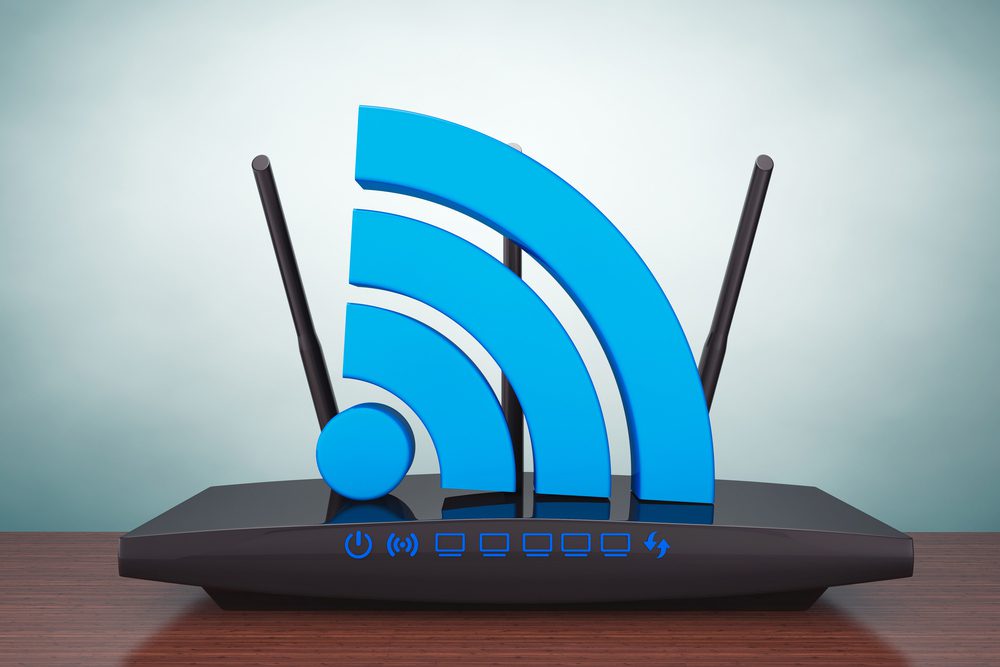🌐 How to Boost Your Home Wi-Fi: Tips and Tools for Better Internet Speed and Coverage

In today’s world, a reliable and fast internet connection is more important than ever. Whether you’re working from home, streaming movies, gaming, or simply browsing the web, your Wi-Fi speed and coverage are crucial for a smooth online experience. Unfortunately, many households suffer from poor Wi-Fi performance, leading to frustrating buffering, slow load times, and weak connections.
If you’re experiencing these issues, don’t worry — there are several effective ways to boost your home Wi-Fi and improve your internet speed and coverage. In this post, we’ll share practical tips and tools to help you get the most out of your internet connection, so you can enjoy seamless browsing, streaming, and gaming at home.
🚀 1. Place Your Router in the Best Location
One of the simplest and most effective ways to improve your Wi-Fi speed is by placing your router in the right location. The placement of your router can have a significant impact on the strength and range of your Wi-Fi signal.
- Avoid obstacles: Keep your router in an open area, away from thick walls, metal objects, and electronic appliances that can interfere with the signal.
- Central location: Place the router in a central location in your home to ensure even coverage. Avoid placing it in a corner of the house or behind furniture.
- Elevate your router: If possible, place your router on a shelf or high surface to avoid interference from furniture or objects on the floor.
By strategically positioning your router, you can minimize weak spots and boost the overall Wi-Fi coverage in your home.
⚡ 2. Choose the Right Wi-Fi Channel
Your Wi-Fi router broadcasts its signal on a specific channel, and if other routers nearby are using the same channel, it can lead to interference and slower speeds. Many routers are set to Auto by default, which means they may not always choose the best channel for your location.
You can change the Wi-Fi channel in your router’s settings to one with less interference. If you live in a densely populated area with many routers, you might want to use a 5 GHz band instead of the more crowded 2.4 GHz band. The 5 GHz band tends to have less interference and can offer faster speeds, though it has a shorter range.
To find the best channel, you can use free apps like Wi-Fi Analyzer (for Android) or NetSpot (for Windows/macOS) to see which channels are least crowded.
🔧 3. Upgrade Your Router to a Newer Model
If your router is old or outdated, it may not be able to handle the speeds offered by your internet service provider (ISP). Newer routers offer better performance, faster speeds, and more features like dual-band Wi-Fi and MU-MIMO (multi-user, multiple input, multiple output) technology, which allows multiple devices to connect without affecting speed.
Look for routers that support Wi-Fi 5 (802.11ac) or Wi-Fi 6 (802.11ax) for optimal performance. Wi-Fi 6 is the latest standard and offers faster speeds, better efficiency, and improved performance in environments with many connected devices.
📶 4. Use a Wi-Fi Extender or Mesh Network
If your home is large or has areas where the Wi-Fi signal is weak, you might need to extend your Wi-Fi coverage. A Wi-Fi extender or a mesh Wi-Fi system can help.
- Wi-Fi extenders: These devices amplify the signal from your router and extend the Wi-Fi range to areas that might otherwise have weak or no signal.
- Mesh Wi-Fi systems: These are more advanced and provide a seamless connection throughout your home by using multiple routers (nodes) that communicate with each other. Mesh systems are ideal for large homes or homes with many floors.
Popular mesh Wi-Fi systems like Google Nest Wi-Fi, Eero, or Netgear Orbi can help eliminate dead zones and ensure consistent, fast Wi-Fi coverage in every corner of your house.
🔒 5. Secure Your Wi-Fi Network
A slow or unreliable connection can sometimes be the result of unauthorized devices using your Wi-Fi network. If your Wi-Fi is not password-protected or has a weak password, neighbors or other people nearby might be using your internet, which can reduce your speed.
To secure your Wi-Fi network:
- Change the default password on your router to a strong, unique one.
- Use WPA3 encryption if your router supports it. If not, WPA2 is still secure.
- Hide your SSID (network name) so others can’t easily see your Wi-Fi network.
- Limit the number of devices connected to your network by changing your router’s settings to only allow specific devices to connect.
📱 6. Limit Bandwidth-Hogging Applications
Certain apps and activities can use up your bandwidth and slow down your Wi-Fi for other devices. Streaming, large file downloads, and online gaming can take up a significant portion of your internet speed.
If you notice that your internet speed is slow when others are using the Wi-Fi, try:
- Pausing large downloads or streaming on devices when you’re not using them.
- Setting Quality of Service (QoS) in your router’s settings, which prioritizes certain types of traffic, like video calls or gaming, over less important tasks.
By managing your bandwidth usage, you can ensure that everyone in your household enjoys a smoother online experience.
⚙️ 7. Update Your Router’s Firmware
Routers often receive firmware updates from the manufacturer, which can improve performance, fix bugs, and enhance security. Check your router’s settings regularly to ensure that it’s running the latest firmware.
To update the firmware, visit the router’s admin page (usually accessible through a web browser using the router’s IP address), and check for any available updates. Keeping your router’s firmware up-to-date ensures it’s performing optimally.
🌟 8. Contact Your ISP for Help
If you’ve tried all of the above and are still experiencing slow internet speeds, it might be time to contact your Internet Service Provider (ISP). They may be able to diagnose issues related to your connection, provide you with a better plan, or even offer technical support to help resolve any issues with your network.
In some cases, your ISP might be throttling your connection, especially if you’ve exceeded your data cap or are using excessive bandwidth. Discussing your options with them could help you find a solution to your slow internet woes.
📝 Conclusion: Enjoy Fast, Reliable Internet at Home
A fast and reliable Wi-Fi connection is essential for today’s digital lifestyle, and improving your home Wi-Fi is easier than you might think. By following the tips above — such as optimizing your router’s placement, securing your network, upgrading to a better router, and using Wi-Fi extenders or mesh networks — you can enjoy faster internet speeds and more reliable coverage in every corner of your home.
With these simple solutions, you can say goodbye to slow Wi-Fi and buffering and enjoy a seamless internet experience whether you’re working, streaming, gaming, or just browsing the web.
